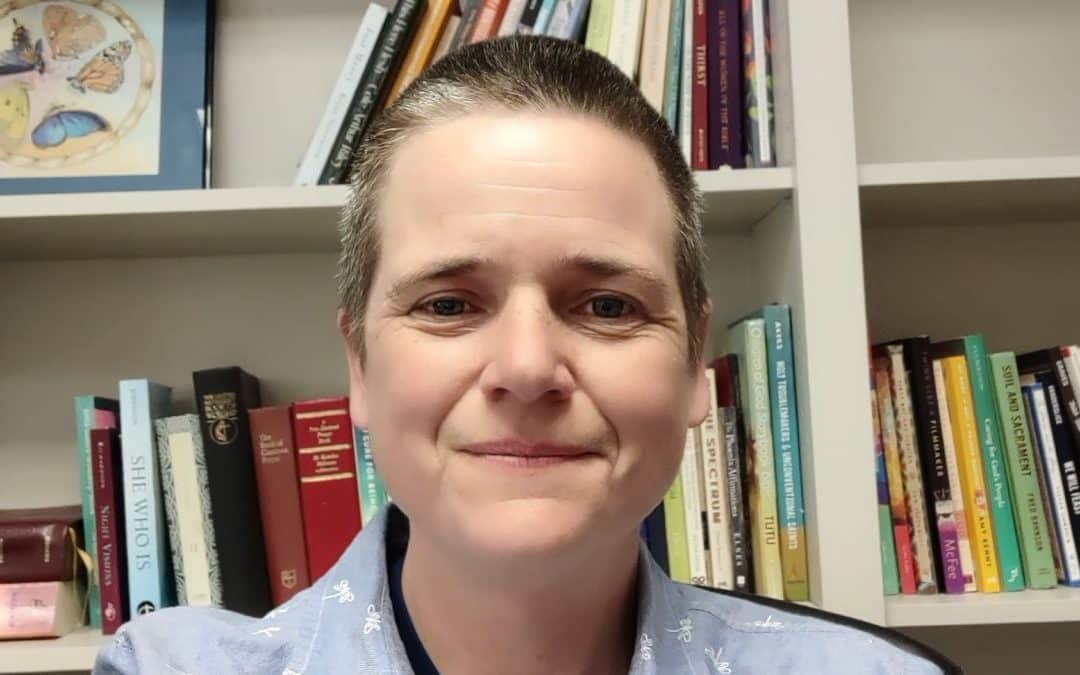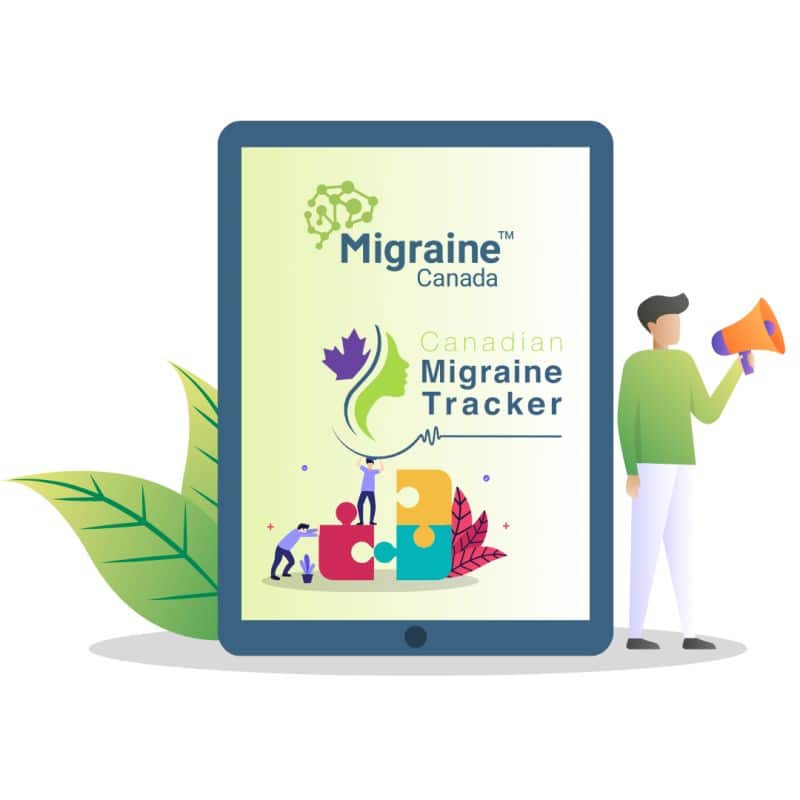Meet Karen, who has been living with the debilitating effects of cluster headache for over 18 years. Despite facing employment and social barriers, she has not let her diagnosis control her life. By sharing her story, Karen hopes to connect with others living with cluster headache and raise awareness, understanding, and support for this condition. This is her journey.
Karen’s Cluster Headache Experience
Karen’s experience with cluster headaches began when she was 25 years old. At the age of 43, she still lives with them. Karen describes her cluster headaches as severely debilitating and painful, feeling like a “one-sided headache” in and around her eyes, akin to an “almost stabbing pain.” The cluster headaches come on suddenly. During an attack, Karen feels extremely agitated and unable to remain still without worsening the pain. The attack is visible, as her face becomes red on the affected side, and her eye becomes teary and squinty. Karen describes her eye as being in a state of ptosis.
As the attacks became more frequent and severe, Karen worked to understand the possible triggers to potentially avoid a flare-up. She identified alcohol consumption as a trigger and gave up drinking alcohol to reduce the attacks. However, she still experiences cluster headaches and has not determined other possible triggers.
Barriers Leading to Ineffective Cluster Headache Treatment
Since her first encounter with cluster headaches, Karen has sought effective treatments to alleviate her attacks. She has tried many treatments recommended by doctors and peers, including massage, chiropractic therapy, and acupuncture. Karen has not been able to find the “right doctor,” someone experienced and knowledgeable in treating cluster headaches. This has been extremely frustrating. Karen believes her rural location has contributed to the difficulty of finding a knowledgeable doctor who truly understands her attacks and can help her.
Karen has also endured gender prejudices in the healthcare system, being told that “women cannot have cluster headaches.” These barriers have left Karen feeling alone in trying to understand her condition.
Success in Cluster Headache Treatment
Over the years, Karen has gained a better understanding of her cluster headaches and continues to work towards finding effective treatments. Her treatment regimen of monthly Emgality injections, high-flow oxygen, and Sumatriptan injections helps to prevent attacks. She has also developed strategies to cope when an attack occurs. These include always keeping her medications within arm’s reach, keeping an oxygen tank at her work and home, and educating her peers in all areas of her life on how they can support her during an attack. Karen also carries a card that explains her cluster headaches and what to do in case of an attack, enabling strangers to support her.
Cluster Headache Impacts
Karen’s condition has impacted every aspect of her life. Before enduring cluster headaches, she worked as a farmer and was able to successfully complete her tasks. Because of the frequency and intensity of her attacks, she became unable to keep up with her work on the farm. The pain and exhaustion forced Karen to scale back her work. However, with the success of her new treatment regimen, Karen has resumed her work on the farm and has become a part-time pastor.
Karen’s condition has also affected her relationships with family and friends. Karen and her partner have two children, and she is grateful to have a supportive family. However, her family is impacted when she has an attack, and they experience stress, depression, and anxiety as a result of witnessing Karen in extreme pain.
Power of Support, Perseverance, and Love
Cluster headaches are truly a debilitating and difficult condition to live with, impacting all aspects of an individual’s life. Karen’s decision to share her story aims to create awareness of the impact of cluster headaches and to help generate a more knowledgeable and educated society. Karen wants to advocate for dismantling the gender biases that exist within the healthcare system and to create equality in cluster headache diagnosis. Karen hopes her story highlights the importance of a strong personal community of support as part of your treatment plan.



